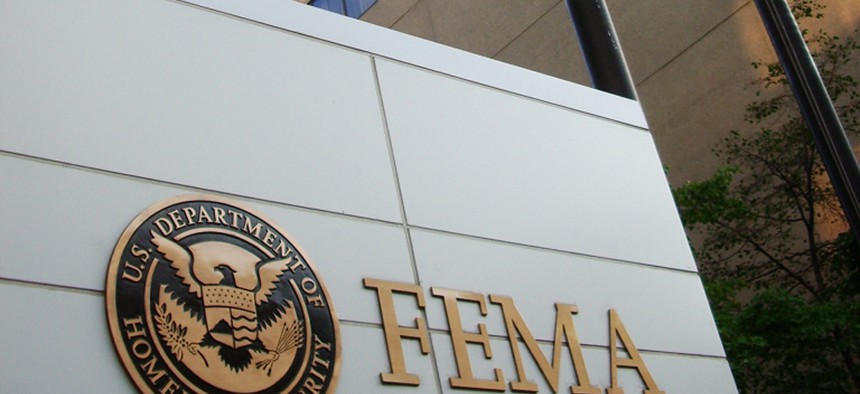Happy Birthday, America. Now What About National Preparedness?
How to build a multijurisdictional homeland security framework.
The Federal Emergency Management Agency’s National Preparedness Goal outlines how local, state, tribal and federal partners, as well as nongovernmental partners should aim to achieve “a secure and resilient nation with the capabilities required across the whole community to prevent, protect against, mitigate, respond to, and recover from the threats and hazards that pose the greatest risk.” There are a few key success factors to building a collaborative multidisciplinary, multijurisdictional homeland security framework, as well as a few consequences of not operating this way.
Institutionalizing coordination. Homeland security and public safety agencies often have limited manpower and limited time to dedicate to making coordination a part of daily business at all experience levels of an agency (not just senior management officials). Everyone benefits when leaders ensure that all staff have an appropriate cross-discipline, cross-jurisdictional lens. It may seem like an “extra” phone call or meeting, but in the long run it saves time in building capacity for planning and operations.
Partnership-building among organizations versus individuals. The value of relationship-building is key to the homeland security field, but it is often viewed as part of the “softer side,” or an indirect positive outcome of the years put in by senior management. Relationships are often on a one-to-one basis, versus an entire organization. This can be limiting as time goes on and leaders retire while the junior management staff is learning the value of crucial relationships. If relationship-building becomes a formal part of professional development in this field, it will serve everyone and serve incident response. Strong organizational relationships are lauded as one of the key success factors in the Pentagon 9/11 response.
Understanding how diverse emergency support functions make the entire system stronger. From emergency management to law enforcement to fire and rescue to public health to hospitals to public safety communications—there is a common mission, but very distinct roles are needed to meet this mission. The cross-pollination of knowledge—as in “What can you help me with when %&$! hits the fan?” and “Did you know I can help you with [insert situational awareness, traffic management, security detail, analysis of symptoms, 50 cots, pediatric IVs, etc.] when %&$! hits the fan?”—strengthens the seams of response and ultimately enhances safety across our communities.
The following consequences may be on the horizon when these golden rules are not in play:
- Operational plans, policies and procedures at some agencies may not be in alignment with other agencies, which may impact a large-scale response.
- Key partners may not be aware of projects, updates and opportunities that could support their mission.
- Agencies may miss out on opportunities to achieve more with less resources by working together to tackle common issues.
- Partners are sometimes forgetful or are hesitant to engage colleagues from other disciplines or emergency support functions if they are not 100 percent clear about how they can help.
What success factors do you think are most important for achieving our National Preparedness Goal?



